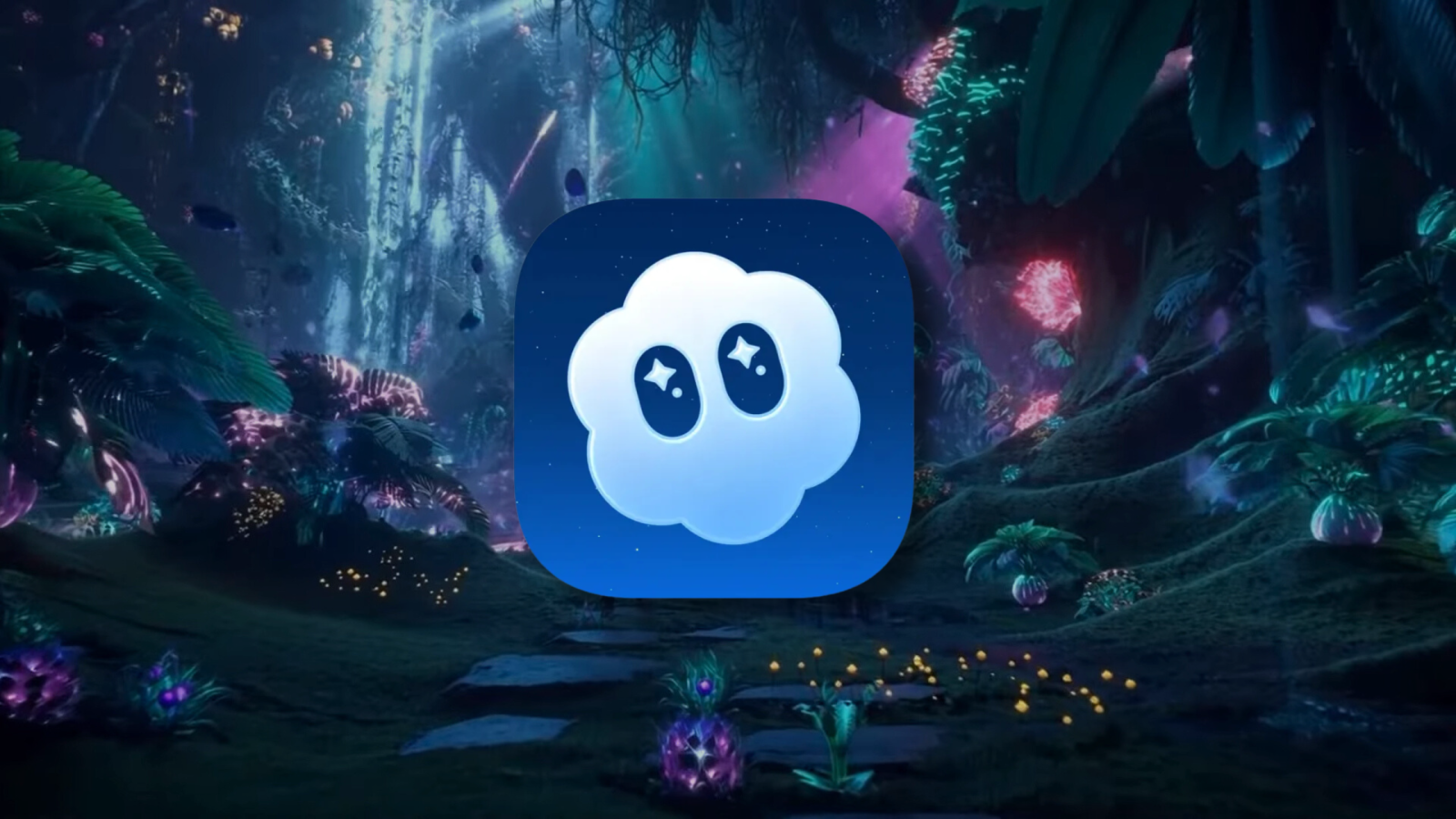The ‘TikTok of AI’ – why OpenAI’s Sora 2 will disrupt social media

Photo: OpenAI

Shortly after its release last week, OpenAI’s new AI video generator app – Sora 2 – topped US download charts. Dubbed the ‘TikTok of AI’, the app introduced a range of new features that could redefine AI’s relationship with consumers, social platforms, and entertainment IP. Here are four critical insights into why it could disrupt the status quo.
Why launch a social video app?
With Sora 2, OpenAI has transformed its AI video generator app from a creator tool to a social video platform. Alongside producing videos via text prompts, content can be shared via in-app social media feeds. This marks a step change for OpenAI. It broadens the strategic focus from video creation to distribution and consumption. So why make such a move?
The reason is engagement frequency. The social platform framework enables OpenAI to create an ecosystem where social sharing, trends, content remixing, and community can contribute towards engagement beyond just creating content.
A higher engagement frequency will be key to effectively monetising their products. OpenAI’s ChatGPT has been effective at delivering user penetration across all age brackets. MIDiA data shows mainstream penetration (higher than 50%) among 34-year-olds and under. However, the challenge is turning this engagement into essential use. According to The Deloitte Digital Consumer Trends Survey, 6% of UK consumers used a generative AI app daily in 2025. For context, around a third of UK consumers used YouTube every day in Q4 2024 (Source: MIDiA Consumer Survey Q4 2024). To effectively monetise, OpenAI needs to match the success of social platforms by delivering higher levels of daily engagement. In other words, ‘if you can’t beat them, join them’.
Featured Report
The future of creator apps Fuelling engagement with fandom
The AI boom has unleashed a wave of creator tools, but some are struggling to make the transition from interesting and experimental to compulsive and essential. Fandom offers a solution by tying creation to a consumer’s personal passion, appetite for community engagement and a desire to have a stake in the entertainment they love.
Find out more…Sora embraces the social media playbook
The Sora 2 app has a recommendation algorithm where the most popular videos are surfaced to users. This creates the backbone for viral moments. Sora then leans into this virality via a remix feature. Users can join a viral trend by clicking a remix icon, enabling them to write a new text prompt that changes the creative direction before republishing.
Trend participation is a cornerstone of social platform engagement. However, Sora elevates this approach via hyper-personalisation. Users who upload their likeness can access the ‘cameo’ feature that enables them to create brand new videos using their likeness or place themselves into viral videos. This feature incentivises engagement by giving users with no creative spark a reason to produce content and easy means of doing so.
In addition, users can also opt-in to allow approved friends, those who follow their profile, or everyone and anyone to use their likeness for video creation. This not only encourages users to return to the app to see how their likeness is used but also enables a more bespoke creation experience between friends. MIDiA consumer survey data shows that the social aspect of social media remains core to why users keep engaging with apps. This ranges from sharing videos with friends to looking at stories by people users know.
Will Sora accelerate AI adoption?
Despite being easy to use, users still need to be effective at writing prompts to get an effective result. However, Sora 2 enables users to make their prompts visible to others. This will help educate the wider user base on how to write successful prompts, which, in turn, will lead to more users achieving satisfactory results. The more users that are creatively satisfied, the more likely they are to keep producing content in the app.
Should TikTok, Instagram, and YouTube be worried by Sora 2?
The quality of Sora 2’s AI video generation and innovative new features such as ‘cameo’ will have caught the attention of the social media establishment. While cutting-edge features and formats are needed to disrupt, the longevity of social platforms lies in their ability to have cultural impact. Capturing the fan creation market with thousands of authorised celebrity, artist and entertainment IP accounts could be Sora 2’s USP. However, such a move will require a rapid shift from where it currently stands as a platform overrun with ethically and commercially questionable content. It will also have to do so before YouTube, TikTok, and Instagram looks to steal its lunch. In an environment where engagement is hard won, no successful social media feature stays platform specific for long. Could YouTube and TikTok move faster than OpenAI by leveraging their pre-existing relationships with rightsholders to deliver an authorised equivalent of cameo using their own generative AI technology? Quite possibly.

The discussion around this post has not yet got started, be the first to add an opinion.